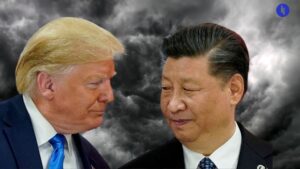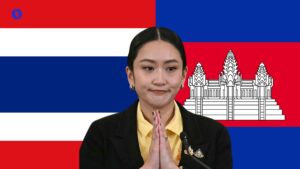At least 14 people have died and over 100 are missing in the north-east Indian state of Sikkim, after a cloudburst caused a glacial lake to break its banks and overflow into the valley below.
The flash flood washed away key infrastructure, including the Chungthang / Teesta III Dam, which is one of 5,000 dams in India.
Why does India have so many dams? Like other Himalayan neighbours, such as China and Nepal, India has sought to harness its thousands of rivers for water reservoirs and sustainable energy. Delhi is hoping to generate up to 8.5% of India’s electricity through hydroelectric dams by 2030.
Stay on top of your world from inside your inbox.
Subscribe for free today and receive way much more insights.
Trusted by 134,000+ subscribers
No spam. No noise. Unsubscribe any time.
But that’s not easy:
- 🌊 The Himalayan basin is prone to flooding, and it’ll get worse as temperatures rise (a 2014 piece eerily predicted this week’s flood)
- ⚔️ Water scarcity exacerbates regional rivalries: Pakistan often accuses India of diverting water from their shared rivers in violation of the Indus Water Treaty, while both India and China are planning new dams along their own contested border, and
- ⚡ Dams often come with economic and social costs, including the displacement of local communities.
Intrigue’s take: We’ve mentioned water a bit lately. We’re not taking money from Big Water or anything. We’re just observing reality as we see it, particularly as it relates to our area of expertise (geopolitics).
India’s energy consumption is projected to rise faster than anywhere else in the world. So the place clearly needs more energy. And it makes sense to harness its own mountains and rivers to help.
But when you start tinkering with a Himalayan biosphere on which 1.9 billion people rely, including your two nuclear-armed neighbours, there are risks. And we’ll be seeing this kind of dynamic play out almost everywhere.
Also worth noting:
- Unlike India and Pakistan, India and China have no water sharing arrangement in place.
- The International Centre for Integrated Mountain Development (based in Kathmandu) has found that glaciers in the region disappeared 65% faster in the 2010s than in the previous decade.







